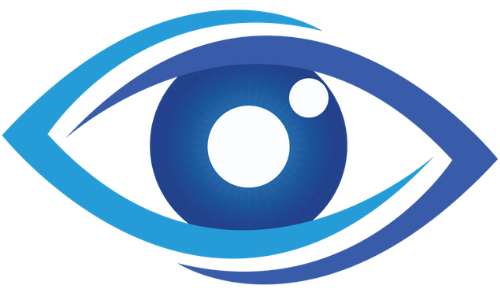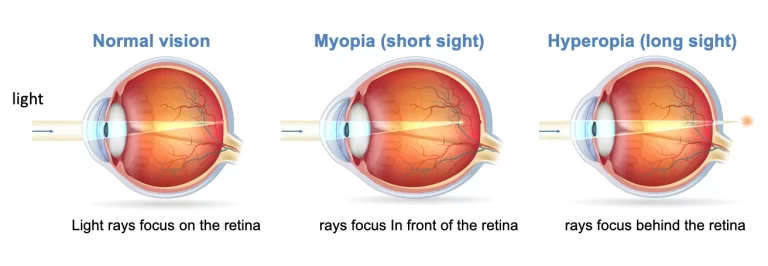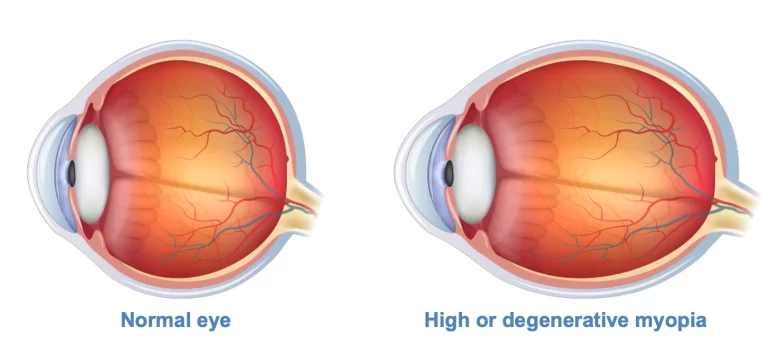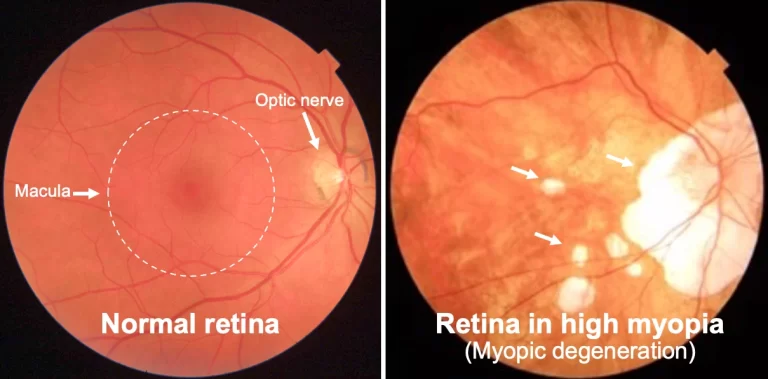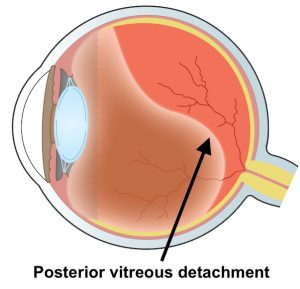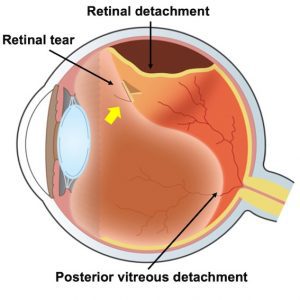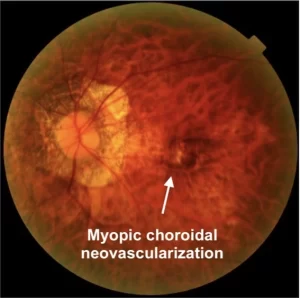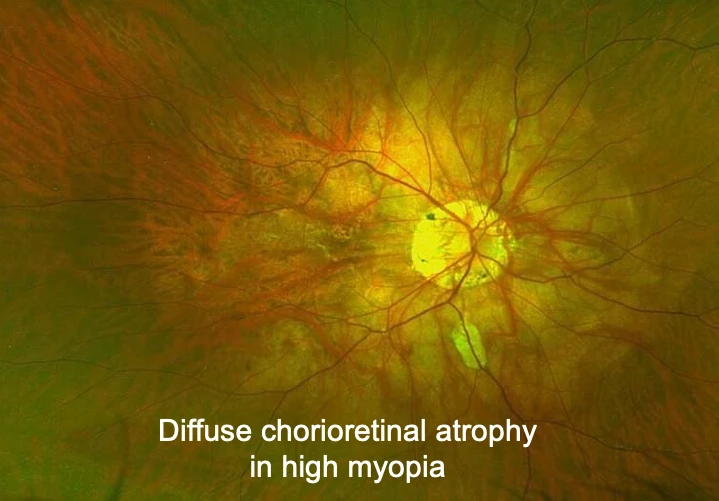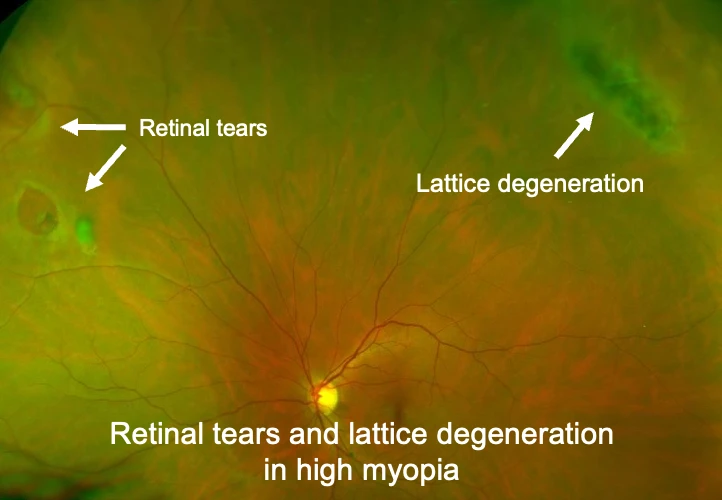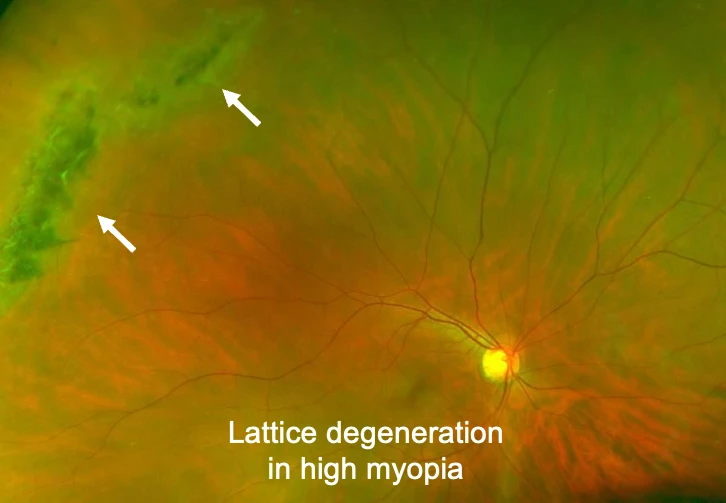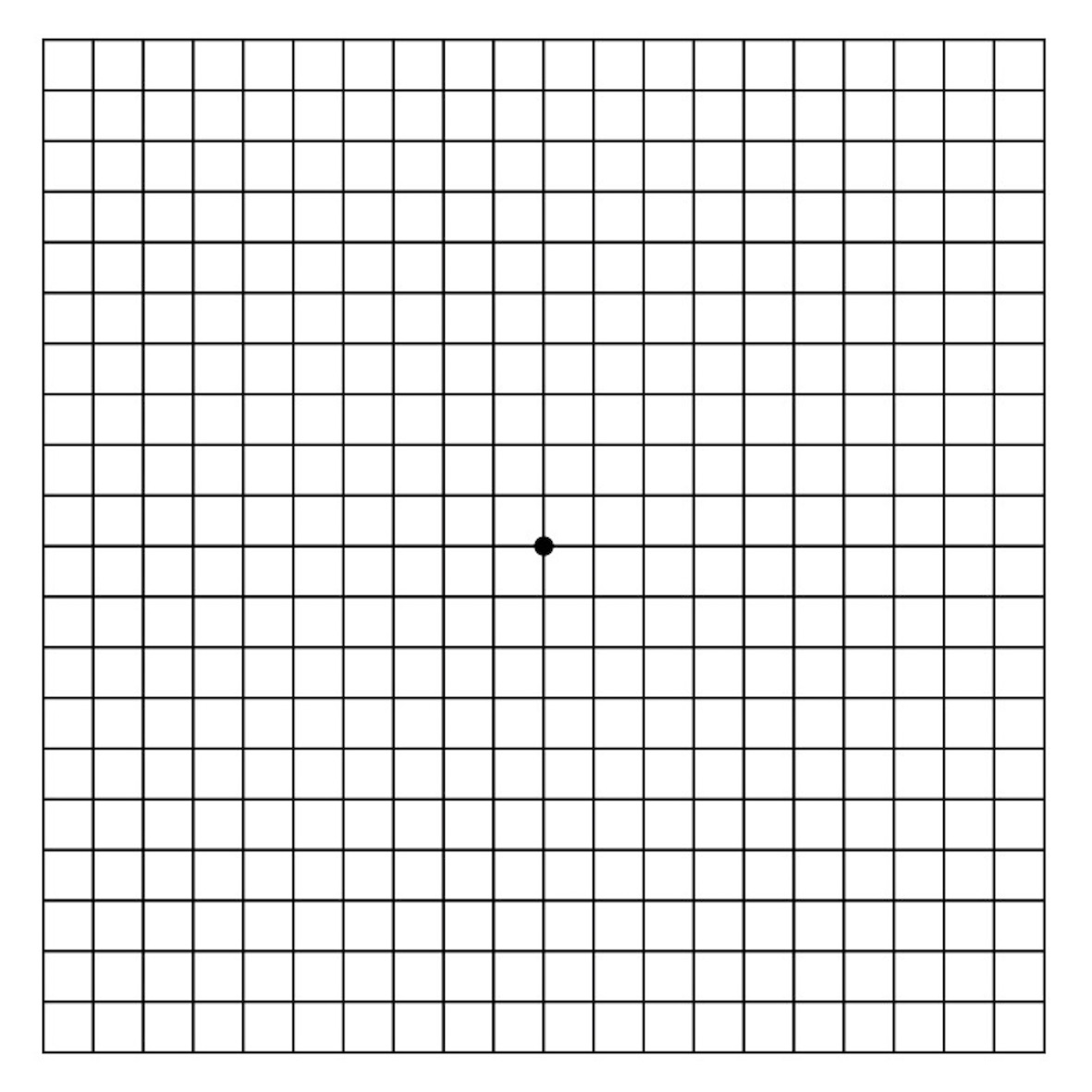Myopia (short sight) and hyperopia (long sight) are two of the most common causes of poor vision. They are called errors of refraction, meaning that your eyes are not correctly focusing light on the retina.
High or Degenerative Myopia
Myopia vs Hyperopia
In normal eyes, light rays focus on the retina (back layer of the eye), so we can see a clear image.
In myopia (short sight), light rays focus in front of the retina. This causes distant objects to appear blurred, while close objects can be seen clearly.
In hyperopia (long sight), the opposite occurs, so light rays focus behind the retina. This causes near objects to appear blurred, while distant objects can be seen clearly.
How is myopia graded?
Myopia is written with a minus (–) sign on your glasses or contact lens prescription. For example, a prescription for three dioptres of myopia would be written: -3.00 dioptres (D). The minus sign indicates that the lens is correcting for myopia. The higher the number, the more shortsighted you are.
- Mild myopia: a prescription up to –3.0 dioptres (D).
- Moderate myopia: a prescription of –3.0D to -6.0D.
- High myopia: a prescription over –6.0D.
Most people with myopia of less than -6.0D do not develop any further problems. This is sometimes known as simple myopia, meaning that your eyes are healthy and that the blurriness that your myopia causes is easily corrected with glasses or contact lenses.
Myopia affects up to 1 in 3 people in the UK and about 5% of those have high myopia. People typically become short-sighted in their teenage years or twenties.
What is high or degenerative myopia?
High myopia is when your glasses prescription is more than – 6.0 diopters. This means that your eyes are very short-sighted and there is an increased risk of developing degenerative changes in the eye (the retina). When high myopia is associated with degenerative changes in the eye, it is often called degenerative myopia.
In high or degenerative myopia, the eye is elongated more than the normal size, and this consequently leads to stretching and thinning of all the layers of the eye. The higher your level of myopia is, the higher the risk of developing these degenerative changes.
What are the risks of high myopia?
Several eye problems are commonly seen in people with high myopia, such as cataracts, glaucoma, posterior vitreous detachment, retinal detachment, myopic macular degeneration, and myopic choroidal neovascular membrane.
Cataract
Cataract or clouding of the lens inside the eye is three times more common in people with high myopia. Cataracts tend to occur at younger ages in high myopia and are most commonly of the nuclear and posterior subcapsular subtypes.
Glaucoma
Glaucoma is the name given to a group of eye conditions in which damage occurs to the optic nerve related to the pressure inside the eye. According to several studies, people with high myopia are much more likely to develop glaucoma.
Posterior vitreous detachment (PVD)
High myopia is associated with vitreous (gel inside the eye) liquefaction. The vitreous gradually beaks up and separates from the back of the eye, a condition called posterior vitreous detachment (PVD). This may lead to the sudden onset of floaters or flashes. In some cases of PVD, the separated vitreous may pull on the retina, leading to a retinal tear or retinal bleed or retinal detachment.
PVD is very common in high myopia and often occurs at a younger age in myopic eyes than in non-myopic eyes.
Retinal detachment
The risk of developing a retinal detachment is five or six times greater in people with degenerative myopia compared to the normal population.
In some cases of PVD, the separated gel may pull on the retina, leading to a retinal tear. If the retinal tear is left untreated, this will allow the fluid inside the eye to pass under the retina, leading to detachment of the retina from the inner wall of the eye.
If you have high myopia and you notice any new floaters or flashes, it is important to have your eyes checked urgently by a retina specialist.
Myopic macular degeneration
People with high myopia are at increased risk of retinal degenerative changes due to eye elongation and subsequent stretching of the retinal layers. The retinal stretch in high myopia can lead to thinning and atrophy of the retina. This may lead to some retinal complications such as patchy macular atrophy, diffuse macular atrophy, and lacquer cracks which may affect the central vision.
Myopic choroidal neovascularisation (mCNV)
Some patients with high myopia may develop abnormal leaky blood vessels in the macula (central part of the retina) called choroidal neovascularization. These abnormal blood vessels can grow underneath the macula causing damage and blurring of the central vision.
If you have high myopia, it is recommended regularly check your central vision with a certain grid called “Amsler grid”. This is a simple square containing a grid pattern and a dot in the middle. This design, when used correctly, can show any problem in your central field of vision.
Retinal problems in high myopia
If you have high or degenerative myopia, it is recommended to have your eyes regularly checked by the optician or by a retina specialist to rule out any retinal problems.
How to monitor your vision?
If you have high myopia, it is recommended regularly check your eye health.
Self-monitoring at home
Once diagnosed with high myopia, it is important to regularly check your central vision with a certain grid called “Amsler grid”. This is a simple square containing a grid pattern and a dot in the middle. This design, when used correctly, can show any problem in your central field of vision.
Monitoring by a retina specialist
The retina specialist will advise a detailed check of your eyes to check the health of the central and peripheral retina. This is particularly important if you have new symptoms such as decreased vision, distortion of your central vision, or new floaters and flashes.
- Vision check.
- Detailed back of the eye examination
- Detailed peripheral retinal examination after putting on dilating eye drops to check your peripheral retina. This test is important to check your peripheral retina if any retinal tears or degeneration.
- Picture of the back of the eye
- Retina scans called “Optical Coherence Tomography (OCT)”. This machine takes cross-section scans of the retina to identify changes in the structure of the retinal layers.
What treatments are there for high myopia?
The goal of treating high myopia is to improve vision by helping focus light on your retina through the use of corrective glasses or contact lenses.
If you develop any of the complications associated with high myopia, Mr Ellabban will assess you and advise you about the treatment options.
- Cataract is treated by surgery to remove the cataract (cloudy lens) and replace it with a clear artificial lens implant. Special calculations are made for the lens implant to correct the high myopia during the surgery.
Patients with high myopia are often very happy with the outcome of the cataract surgery, as their short-sightedness will be corrected with the new lens implant allowing for significantly improved vision and quality of life afterwards.
- Glaucoma is treated by eye drops or laser treatment to control the eye pressure to the desired level.
- Retina tears are treated with laser treatment or cryotherapy (freezing treatment) to seal the tear and prevent it from developing retinal detachment.
- Retina Detachment is treated by surgery to fix the retina back in place.
- Myopic choroidal neovascular membrane is treated by a special form of eye injections. These materials help to stop the proliferation of these abnormal blood vessels.
If you have high myopia, it is recommended to have your eyes regularly monitored to rule out any complications that may be associated with high myopia, as early detection and treatment often result in better outcomes.
Contact us
If you have any queries about your eye problem, you can Contact Us by filling out the form in the contact section.
